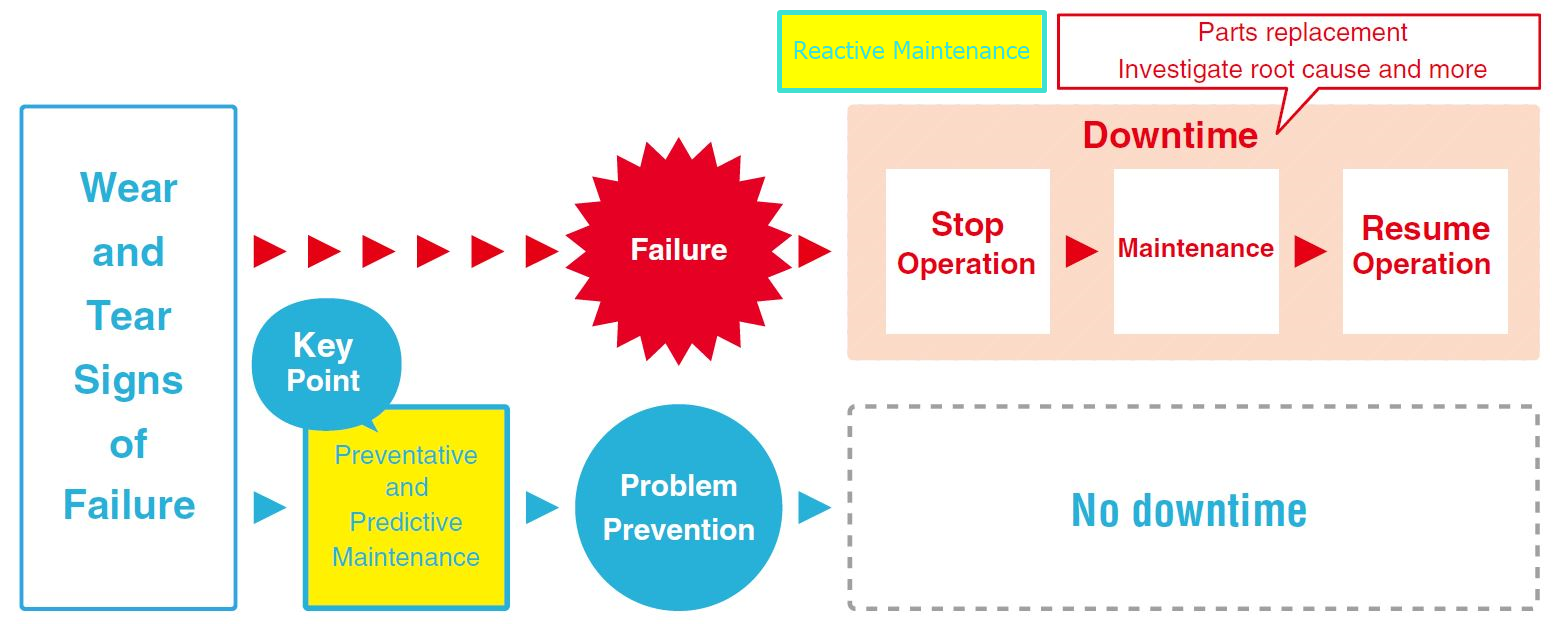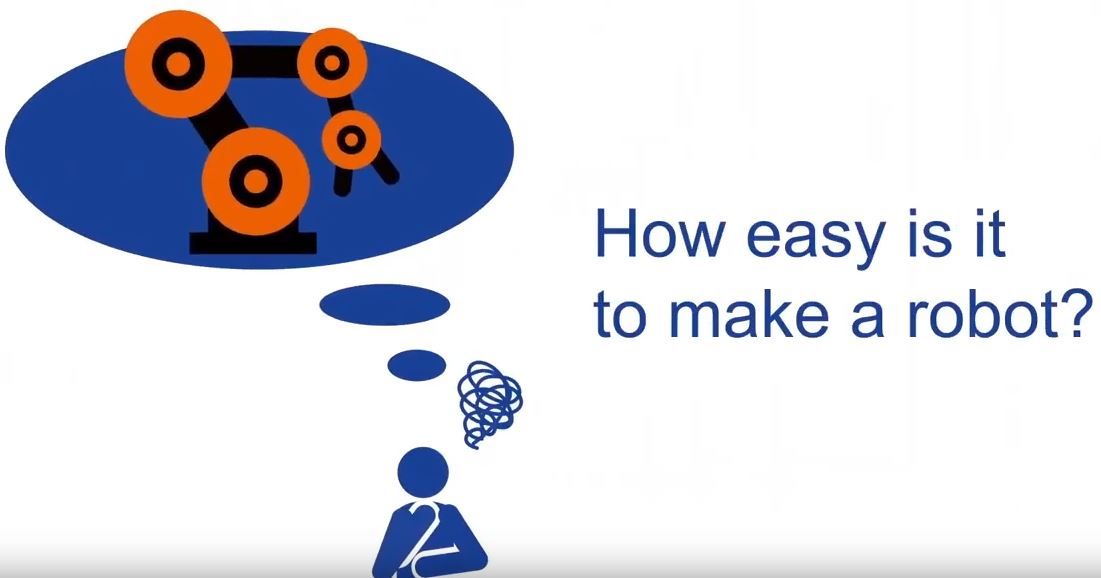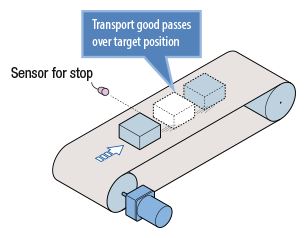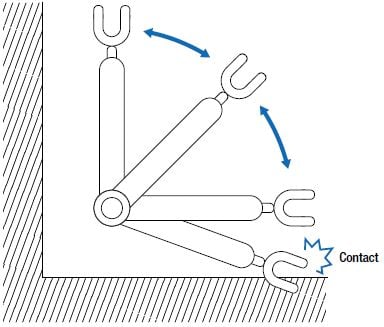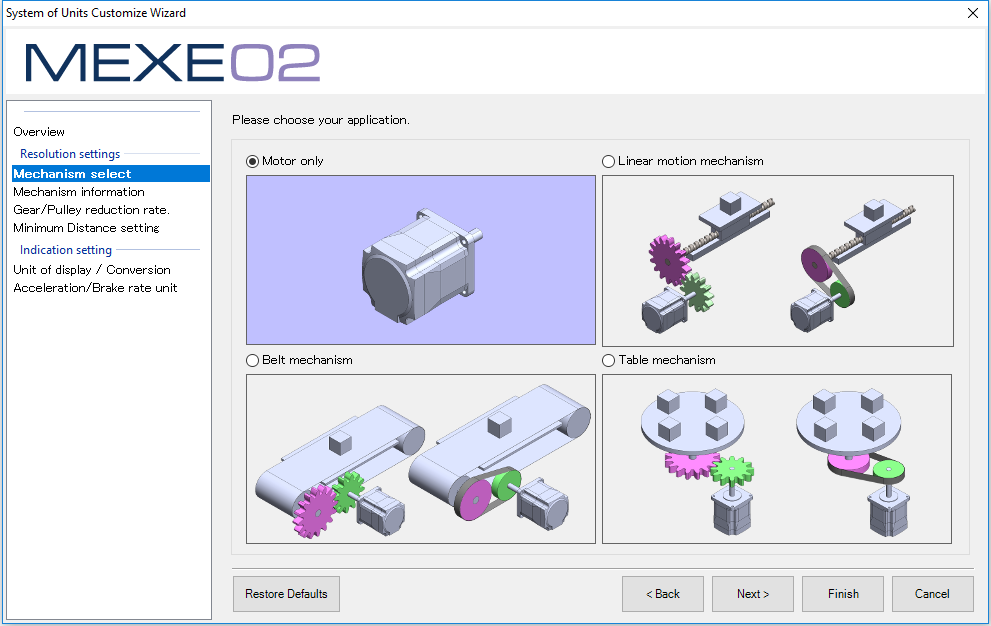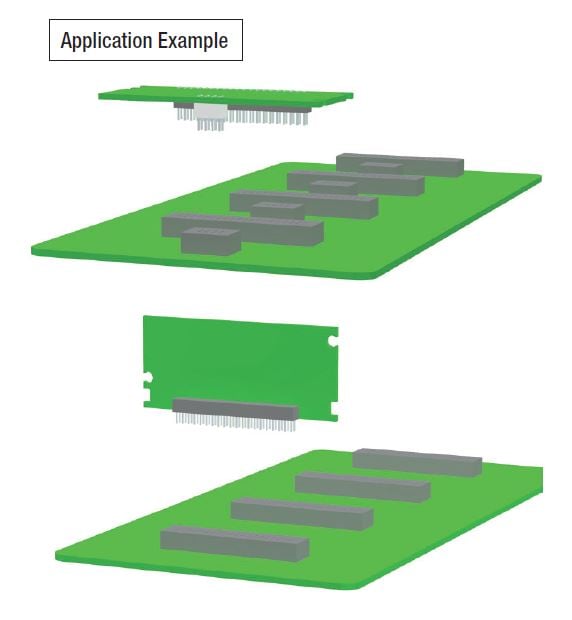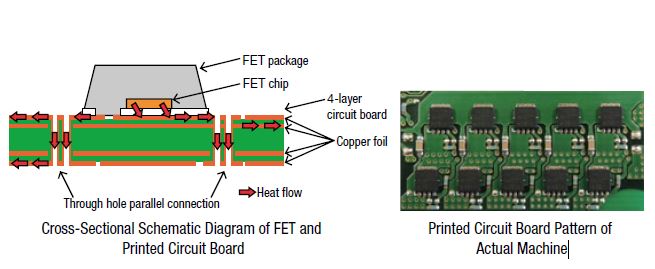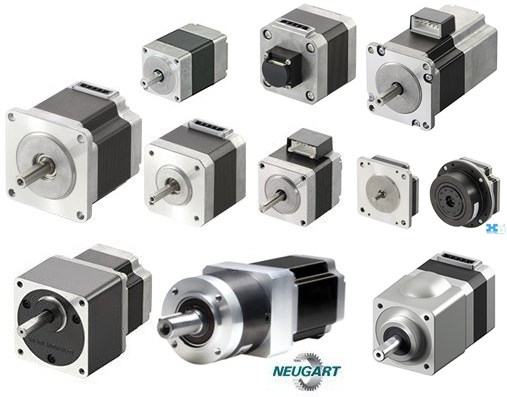Along with the advancement of industrial technology, maintenance methods of motion control components of a machine, such as motors, drives, and sensors, have also evolved.
Most of us still use the traditional "reactive" maintenancemethod in many aspects of life, such as replacing a dishwasher in your kitchen. People don't buy a dishwasher until theirs doesn't work anymore. Well, for factories that rely on consistent uptime for production, this wasn't the best strategy. Realizing the need for improvement, maintenance personnel started to estimate life and replace motion control components before they failed. This is called the "preventive" maintenancemethod, which also wasn't a perfect strategy for cost. More recently, with the advancement of IIoT (Industrial Internet of Things) technologies and real-time availability of status data, another method was made possible - the "predictive" maintenance method.
Read More
Topics:
Stepper Motors,
Linear Actuators,
VIDEOS,
Network,
Application Examples
Robot adoption is increasing in many industries due to global efforts in reducing long term costs, maintaining quality, and freeing up time for humans to do "human" tasks. For example, by using a robot to clean floors or restock shelves in a supermarket, human employees can spend more time helping or selling to their customers. A company can either tap into this robotic trend by buying ready-made robots, or by making their own with less cost.
If engineering resources are limited, selecting the right components can reduce the difficulty and time for building a robot.
Read More
Topics:
Stepper Motors,
Robotics,
Absolute Positioning,
Alphastep Hybrid Control,
Linear Actuators,
Motor Sizing,
VIDEOS,
Gearheads,
Software,
Application Examples
Are you using motors for a start/stop conveyor or similar application? While AC motors are a common choice for conveyors, there is a unique speed control motor solution available that could improve stop accuracy as well as reduce footprint and cost of machine designs.
Read More
Topics:
AC Motors,
Stepper Motors,
Speed Control,
VIDEOS,
Application Examples,
Conveyors
In the world of industrial robotics, there are several types of robots typically offering multiple axes of motion for tasks such as parts assembly, material handling, or pick and place operations. These include articulated robots, cartesian/gantry robots, SCARA robots, and Delta robots. Variations of end effectors such as grippers, welders or part rotators can be mounted on the end of the arm to perform different tasks. Depending on number of axes or load capacity, costs can easily add up. Limiting the operation range for these robotic axes of motion is an easy way to prevent costly problems or safety issues later.
Read More
Topics:
Stepper Motors,
Robotics,
Absolute Positioning,
Alphastep Hybrid Control,
VIDEOS,
Software,
Application Examples
The MEXE02 support software is a universal motion control and monitor software used with multiple products from Oriental Motor, such as the AZ Series, RK2 Series, BLE2 Series, and BX2 Series. This article is useful for first-time users to gain a quick understanding of the software and what it can do.
Read More
Topics:
Stepper Motors,
Linear Actuators,
Speed Control,
VIDEOS,
BLDC Motors,
Software,
Servo Motors
A driver is a must-have for any stepper motor. In a stepper motor system, a driver controls how the motor operates based on signals received from the controller. It is responsible for sending current through various phases in a stepper motor and also regulates the motor current (torque) and step resolution. With recent trends of minimizing machine footprint, finding space to install drivers could be challenging.
Standard Stepper Motor System Configuration
Read More
Topics:
Stepper Motors,
VIDEOS,
Application Examples,
CVD Series
With recent trends focusing on improving engineering efficiency, many products have been developed to specifically help shorten design cycles for machine automation. Part of improving efficiency is making products easier to use, so additional time and resources can be spent elsewhere. This post describes a product feature that can make index table applications less complex to manage.
Read More
Topics:
Stepper Motors,
Absolute Positioning,
Linear Actuators,
VIDEOS,
Software,
Application Examples
There are many stepper motor manufacturers in the market place, but there are even more stepper motor driver manufacturers. The crowded market place provides many standard product options for customers to build their motion control system just the way they like it.
However, if the best possible performance is desired, it would be difficult to beat a tested combination of a specific motor and driver from the same manufacturer. By combining R&D knowledge from both motors and drivers, unique product features can be developed to improve performance further.
Read More
Topics:
Stepper Motors,
Smooth Drive,
VIDEOS,
New Product Introductions,
CVD Series
Stepper motors are popular for their ability to stop accurately as well as their ease of use. Both the amount of rotation and the speed are controlled easily with the same digital square wave pulse signal. Unlike servo motors, stepper motors do not need an encoder to operate. Example applications of stepper motors are CNC machines, index tables, robotics, scanners, and more recently, 3D printers.
Read More
Topics:
Stepper Motors,
Motor Sizing,
VIDEOS,
Application Examples
